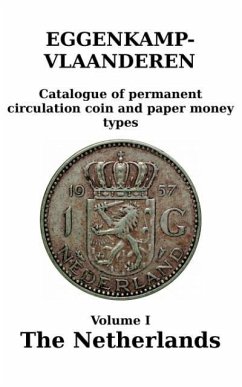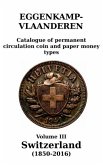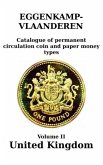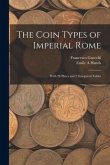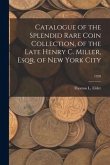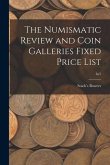The period of modern numismatics (since about 1800) is perhaps the most interesting ever. Within this period different types of standards (silver, gold, bimetallic) alternated, and periods of sometimes impressive inflation occurred, resulting in alternate use of metallic (coins) and paper (treasury notes, banknotes) money. In this series of books it is aimed to develop a scientific classification of the different appearances of circulating money (both coins and different types of paper and polymer money) in one system. It focuses purely on permanent circulation money to avoid incorporation of modern commemorative coins that are in many instances hardly seeing any circulation. The currency described in this series is classified according to a newly developed classification scheme, that is based on four levels: i) The nominal value, ii) The first year a new coin or paper money series is issued, iii) The year of a specific issue and iv) variations of specimens within a year. As the catalogues in this book series are type catalogues they focus on the first two levels of this classification only. This first volume describes the circulation coin and paper money types of the Netherlands. That concerns all normal circulation money that circulated in the country since the decimalisation of the Gulden in 1817. It describes the coins and paper money stricktly in increasing nominal value from the lowest (the half cent coin) to the highest (the 1000 Gulden banknote). During the reporting period one denomination has taken place. In 1999/2002 the Gulden was replace by the Euro at a ratio of 1 Euro for 2.20371 Gulden. Unlike most other catalogues the Euro specimens are catalogued between the Gulden specimens based on this nominal ratio.
Hinweis: Dieser Artikel kann nur an eine deutsche Lieferadresse ausgeliefert werden.
Hinweis: Dieser Artikel kann nur an eine deutsche Lieferadresse ausgeliefert werden.
